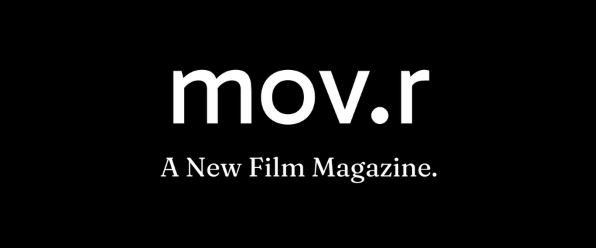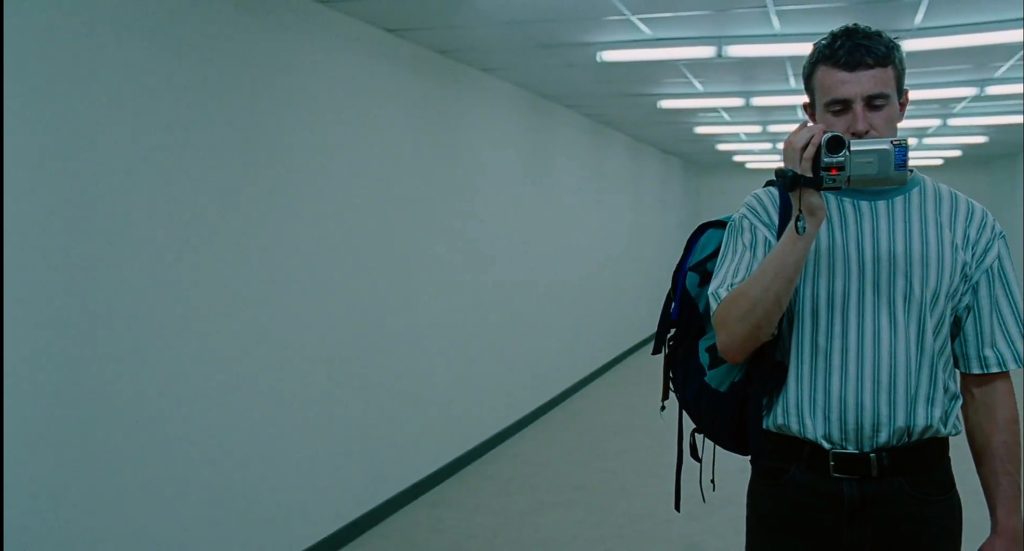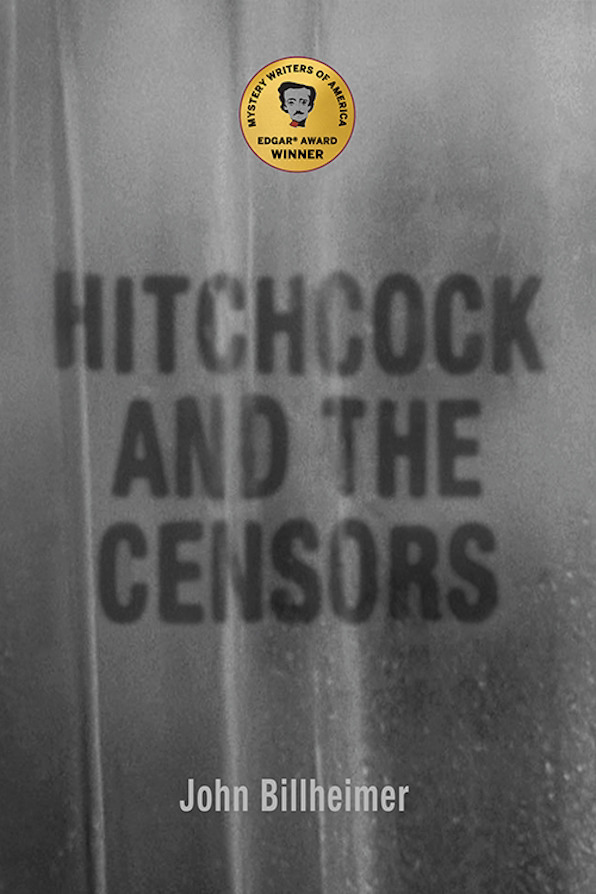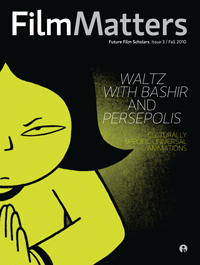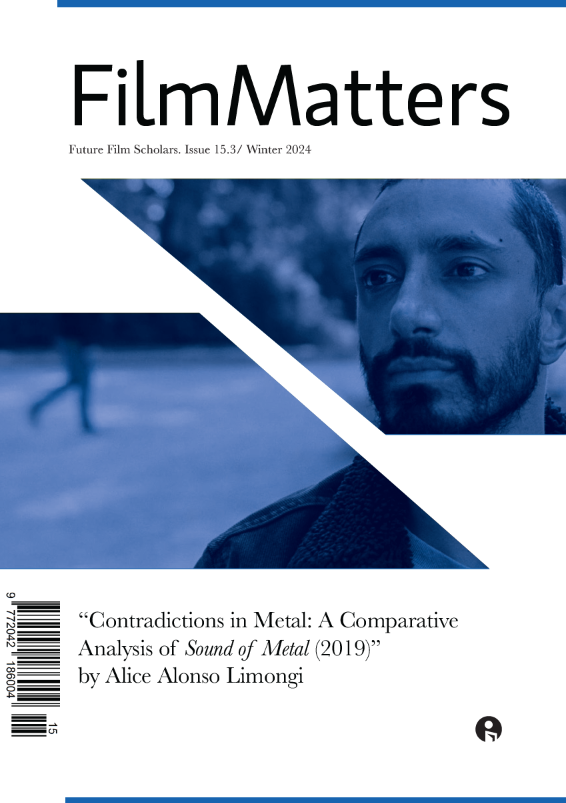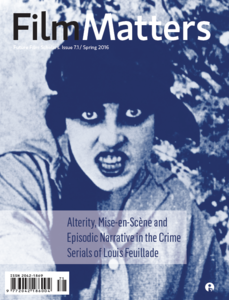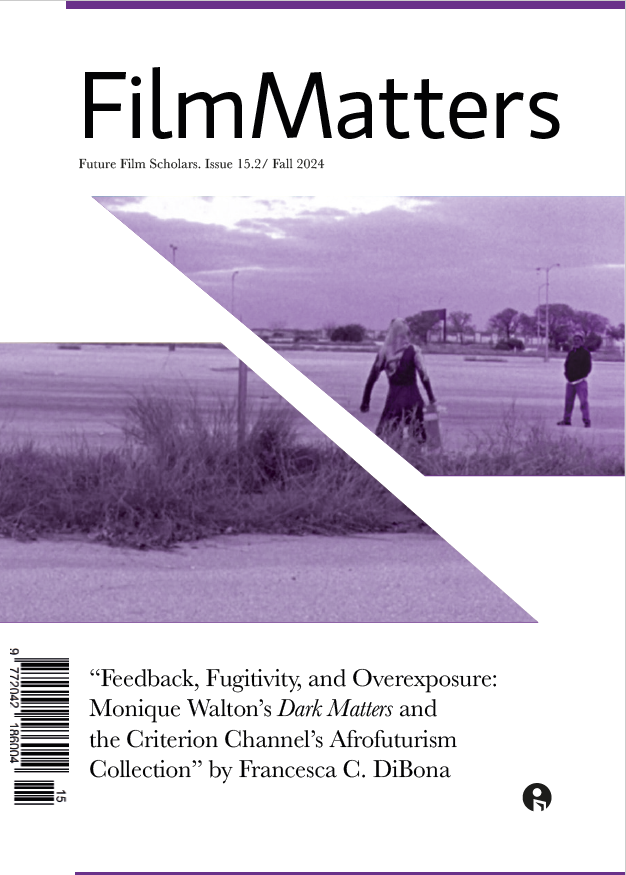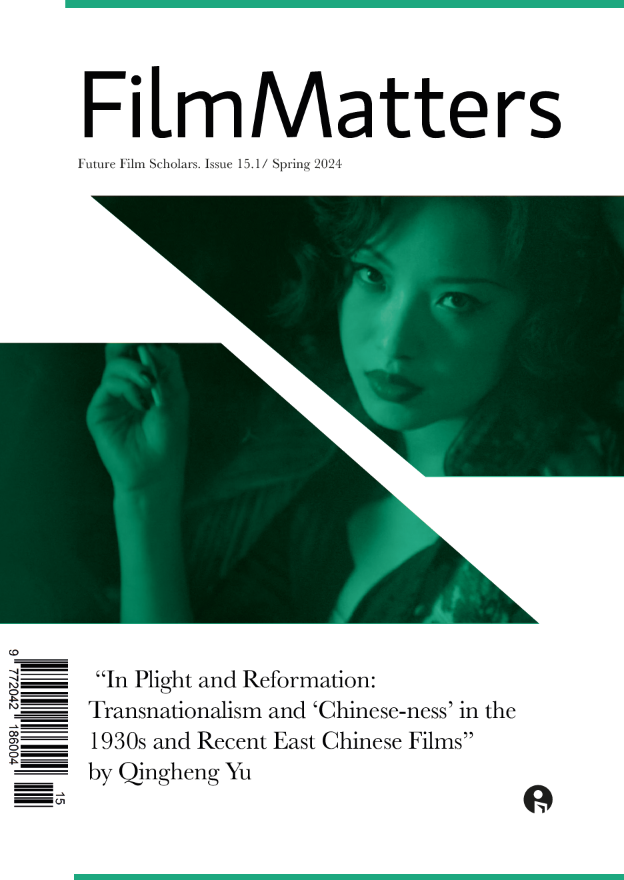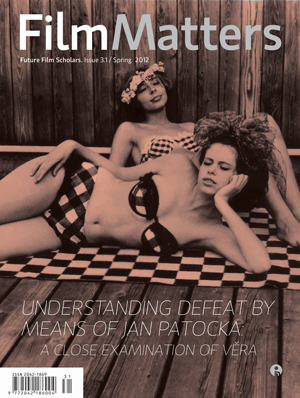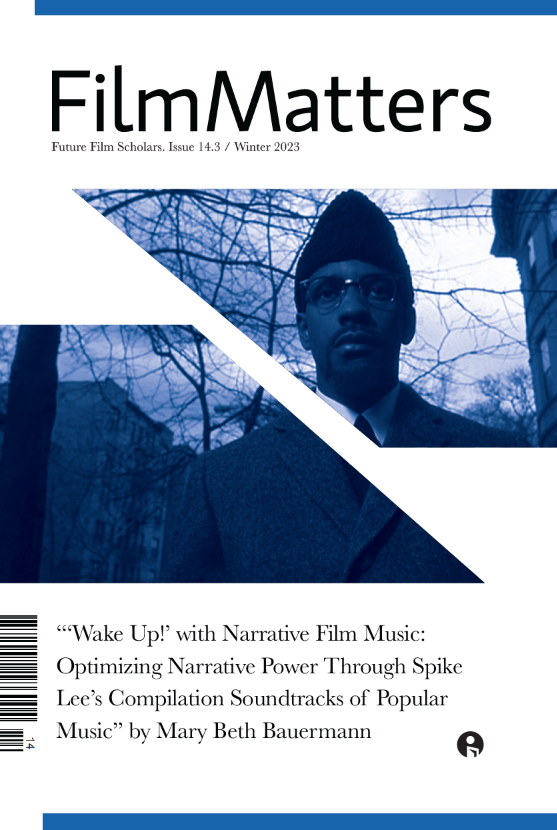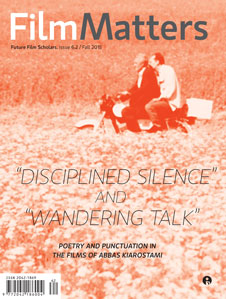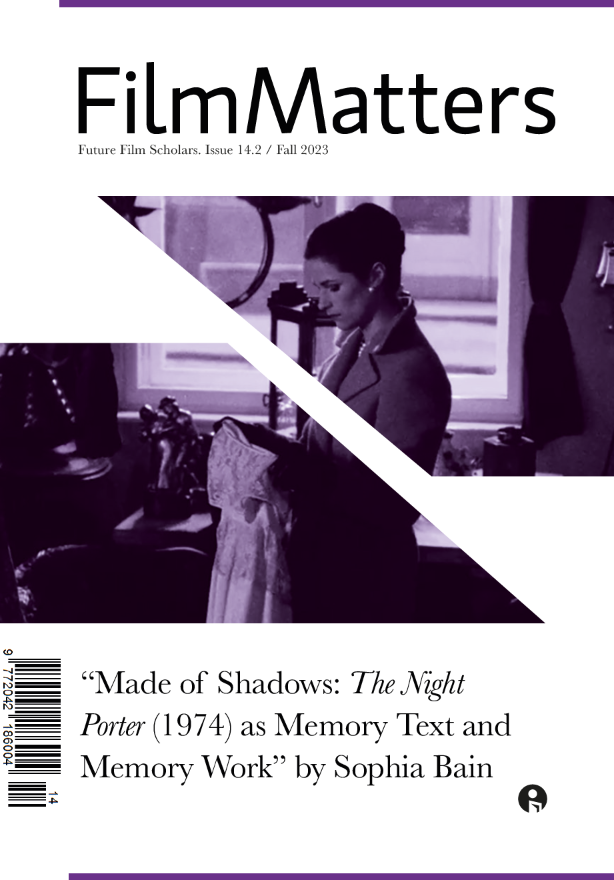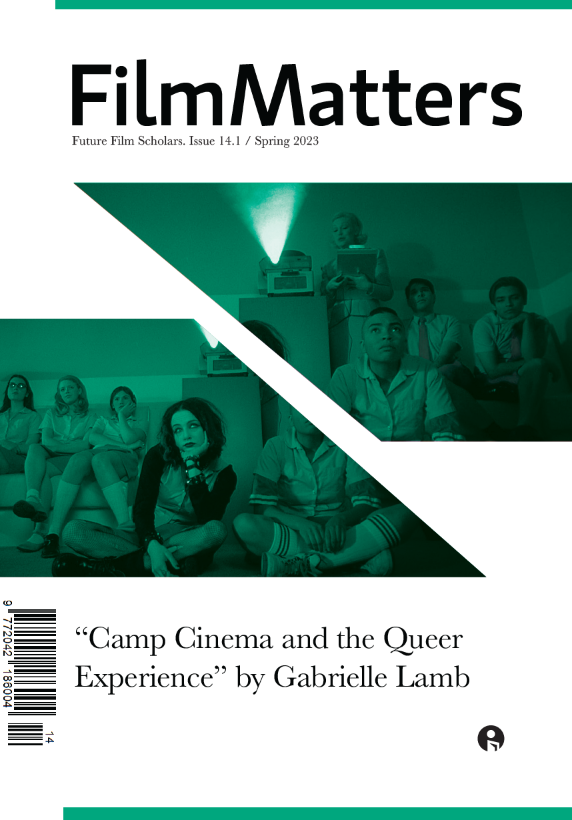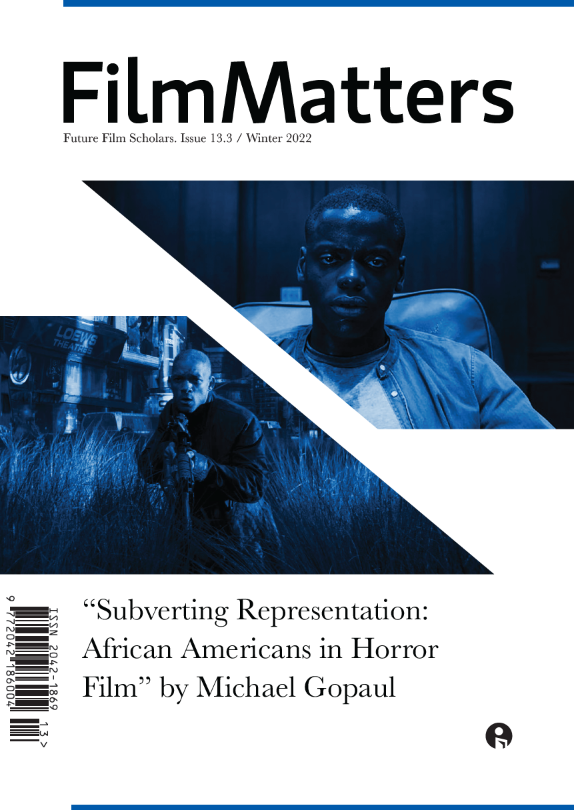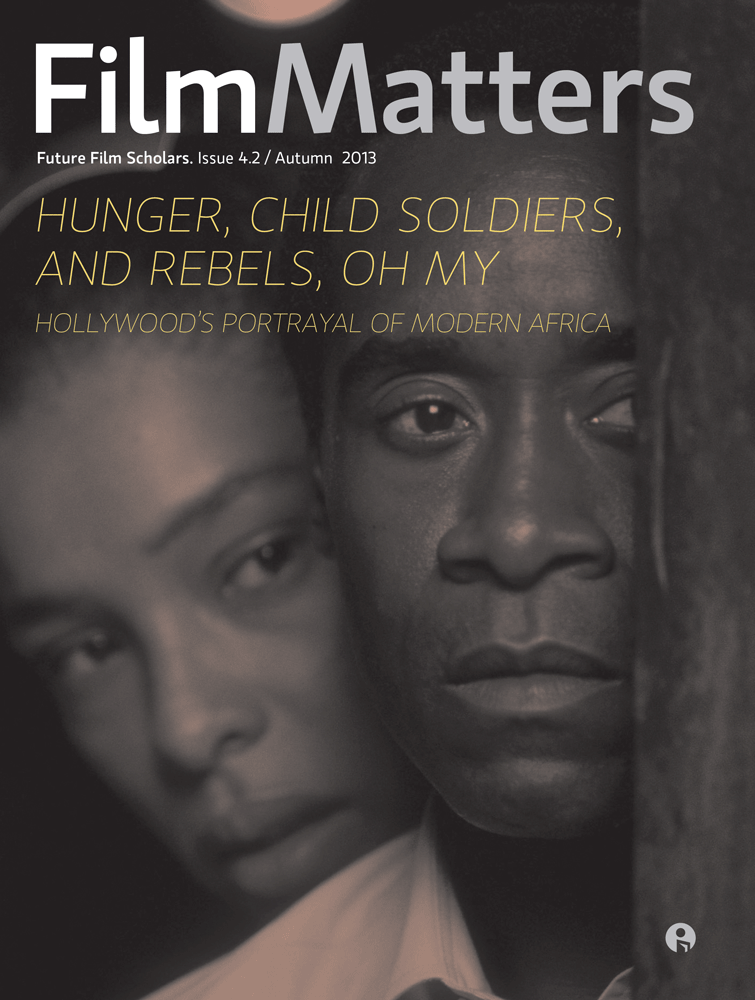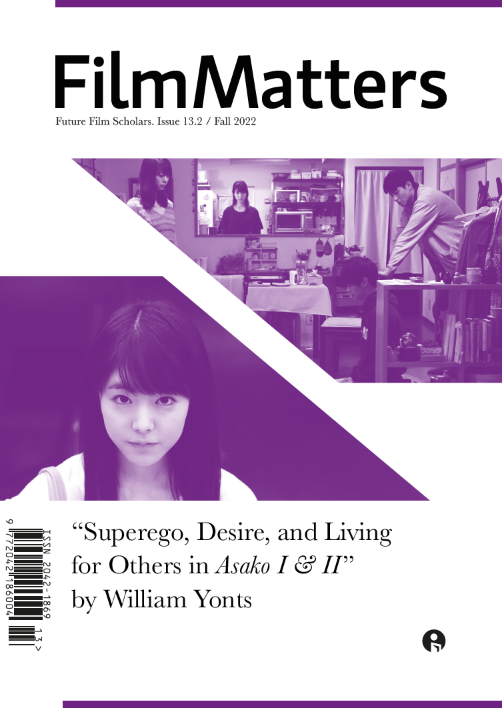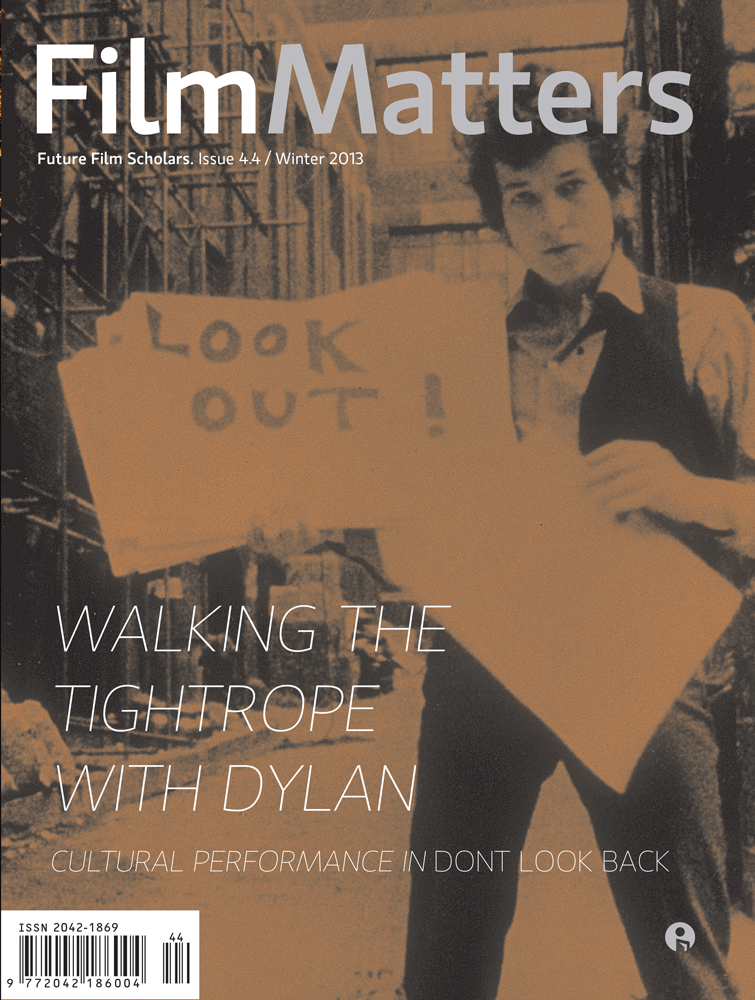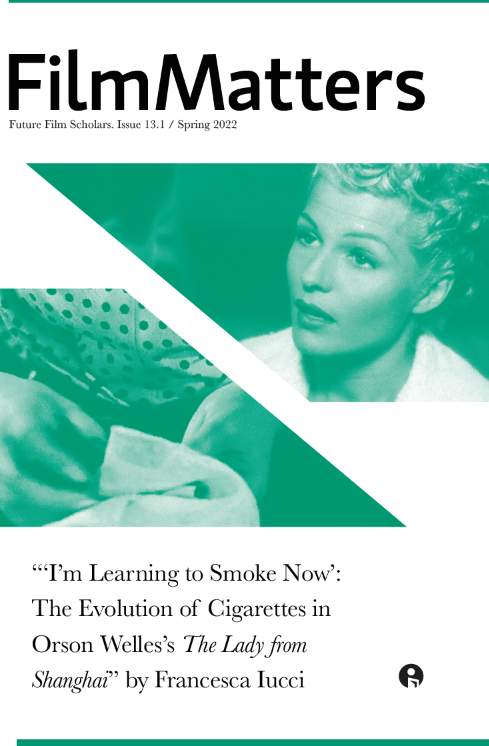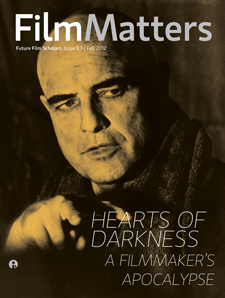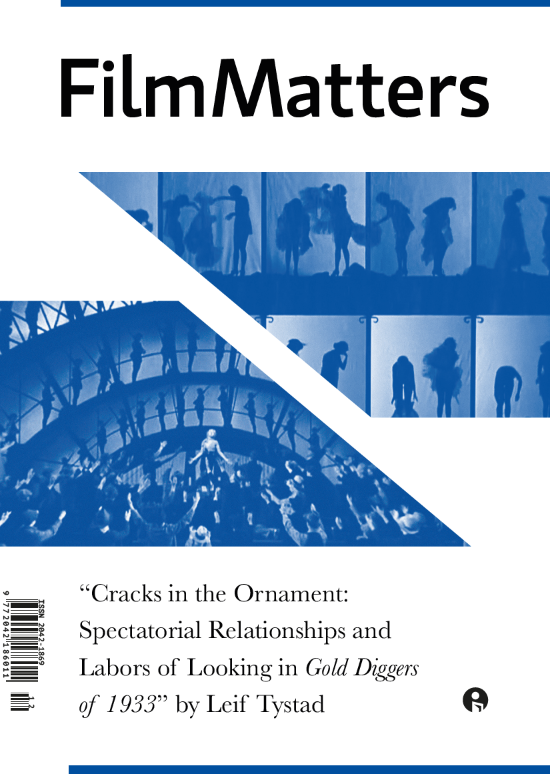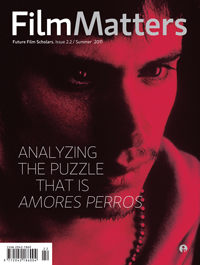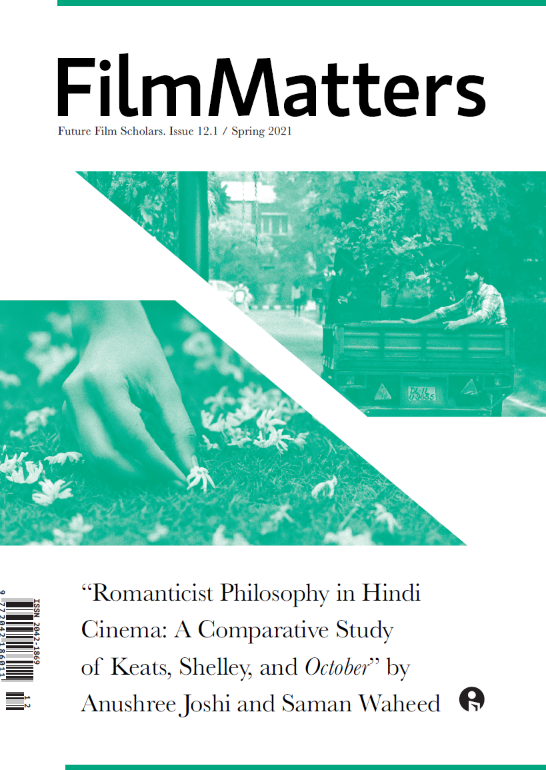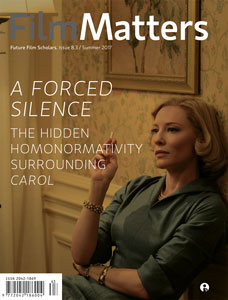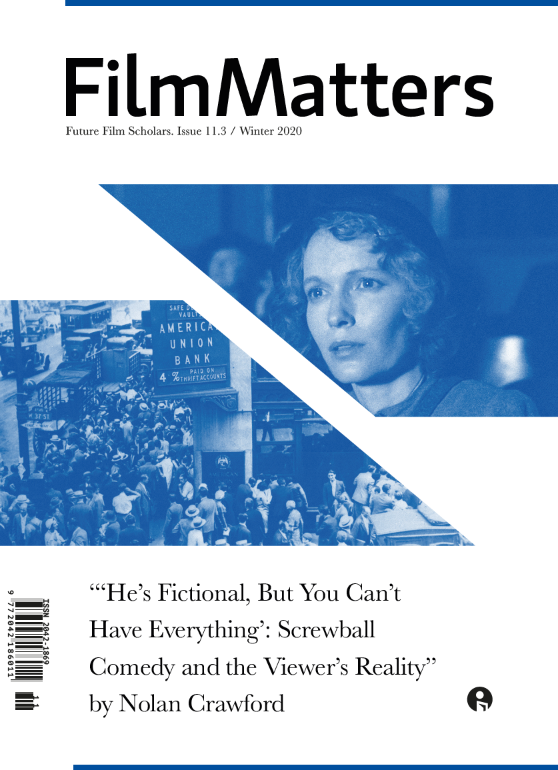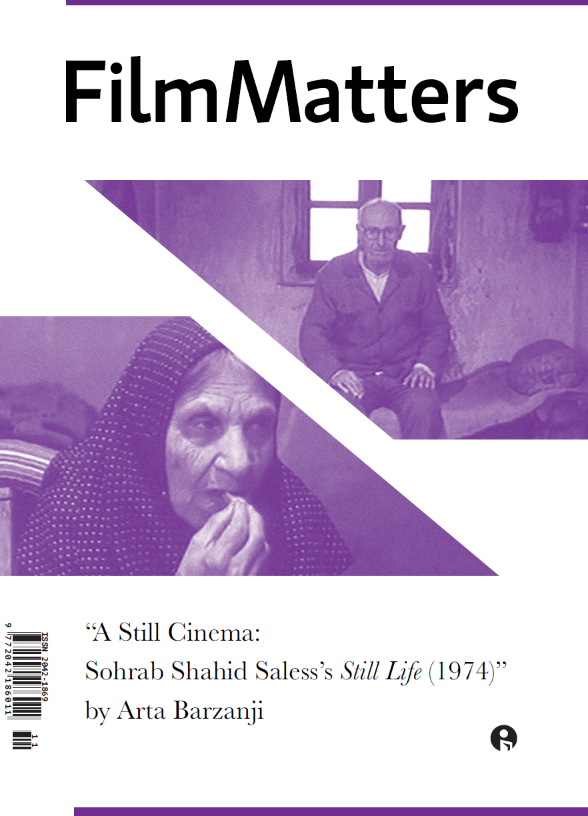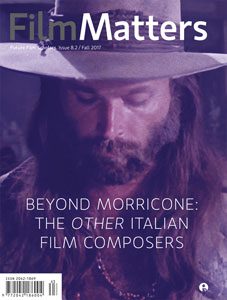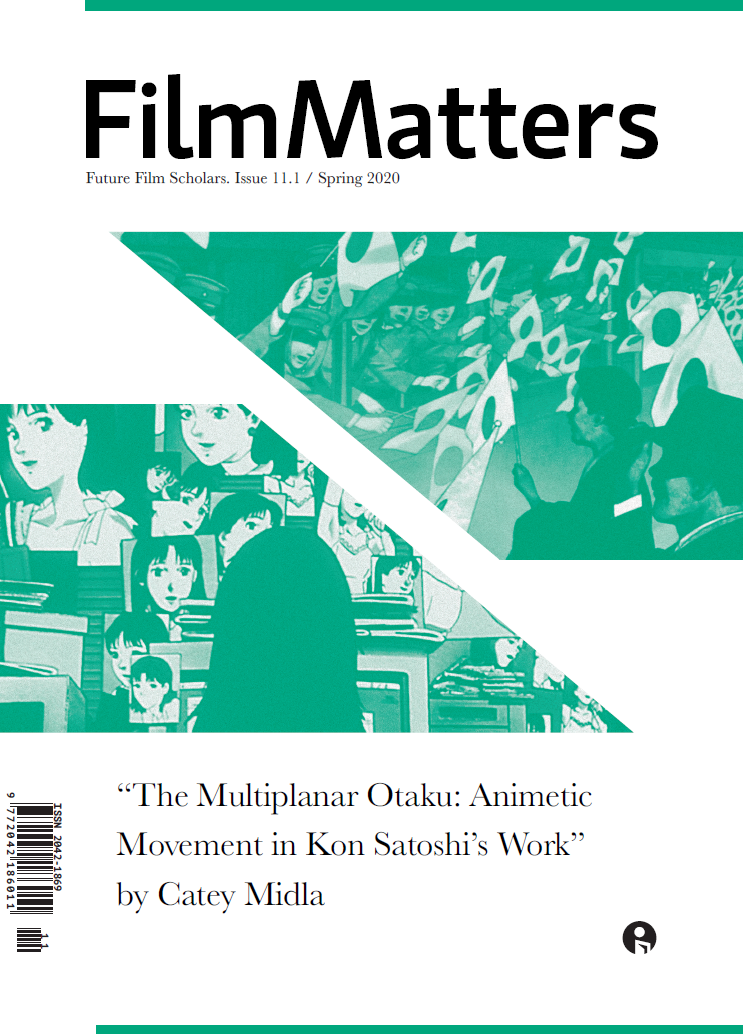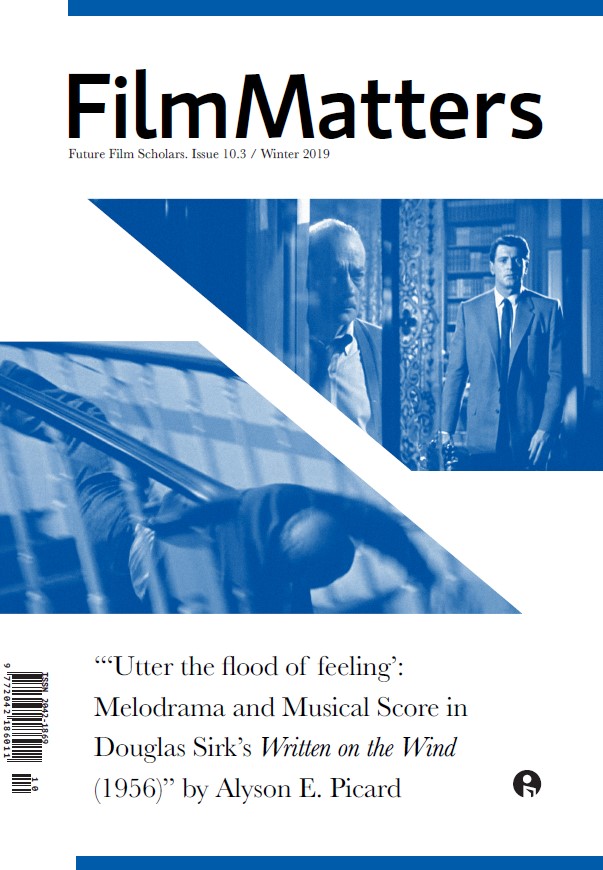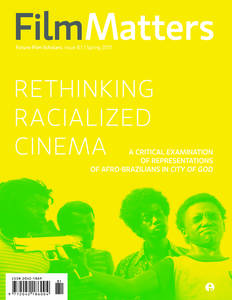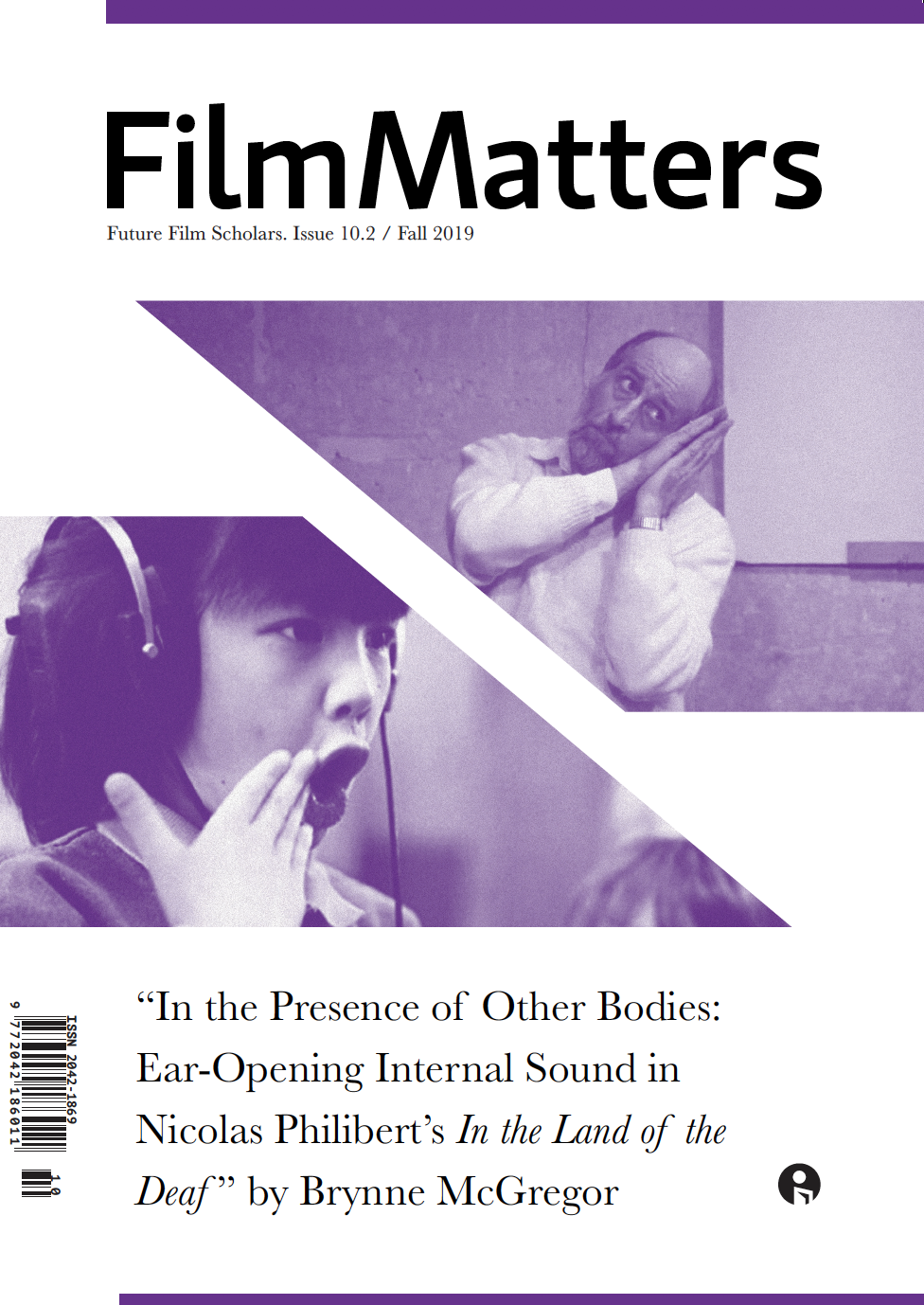
Anybody that grew up within the early 2000s has probably heard about Shark Tale (Rob Letterman, Vicky Jenson, and Bibo Bergeron, 2004). Even if you have not watched the movie, you most likely still know about Lola — the confident, glittering red lionfish who gets introduced with her own intro song, “Gold Digger” by Ludacris. Thanks to the countless memes throughout social media, Shark Tale has been immortalized as a film rooted within Y2K pop culture. However, with it earning a measly 35% on Rotten Tomatoes, and with critics like Bob Longino deeming it a “…loud, visually busy, offensive in its obviousness and virtually empty computer-animated film… ,” it has largely been reduced to a “simple” movie hoarded with silly nonsense and references. While critics focused on unfavorable comparisons to other animation works, many of them missed Shark Tale’s use of queer coding and how it successfully critiques the pressure to conform within a corporate/capitalist society.
Continue reading





